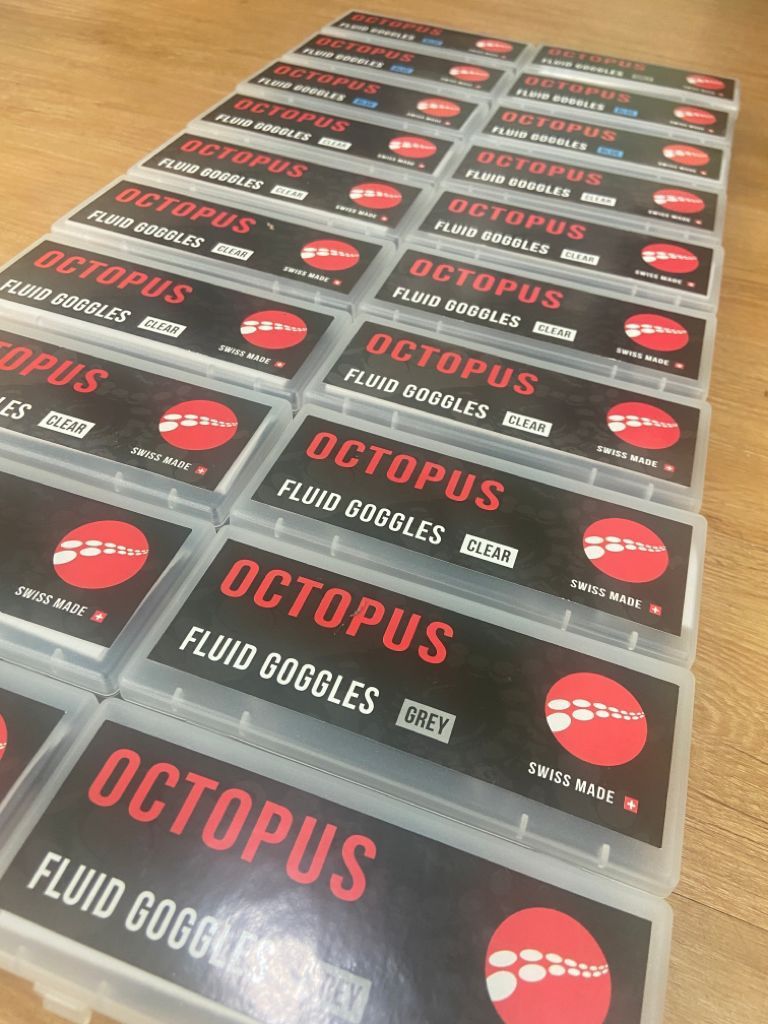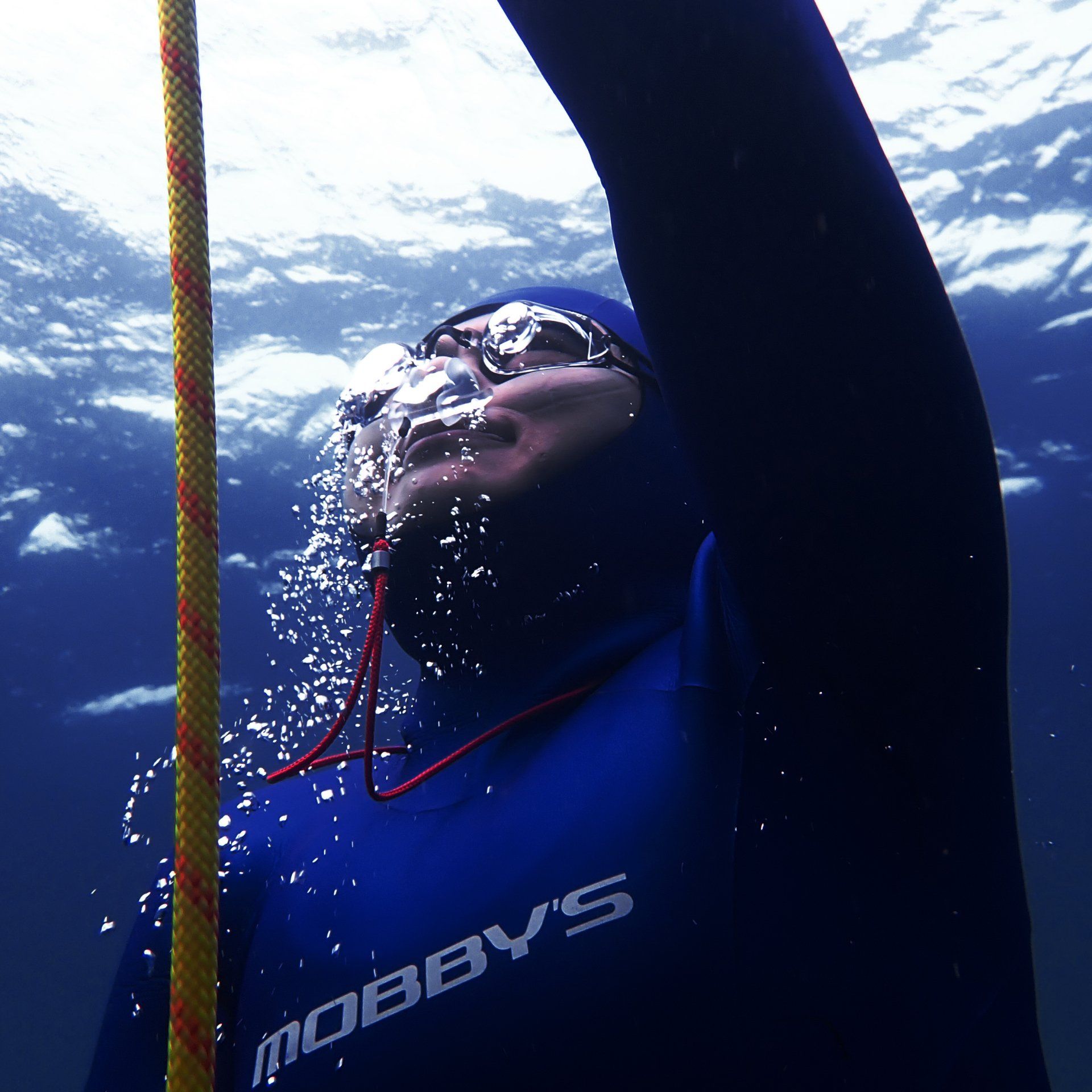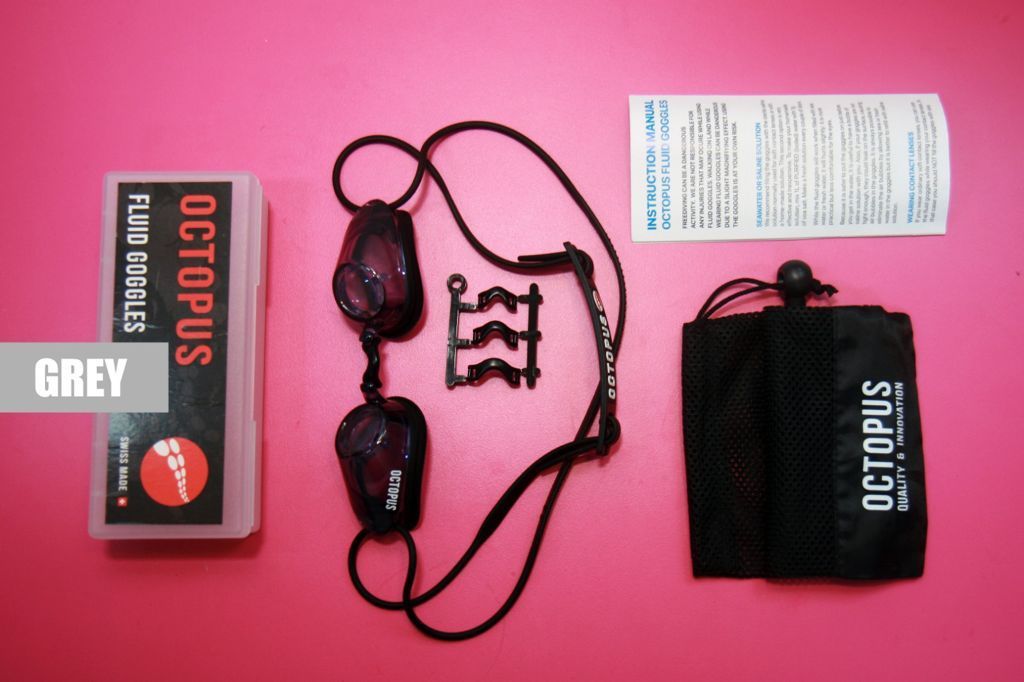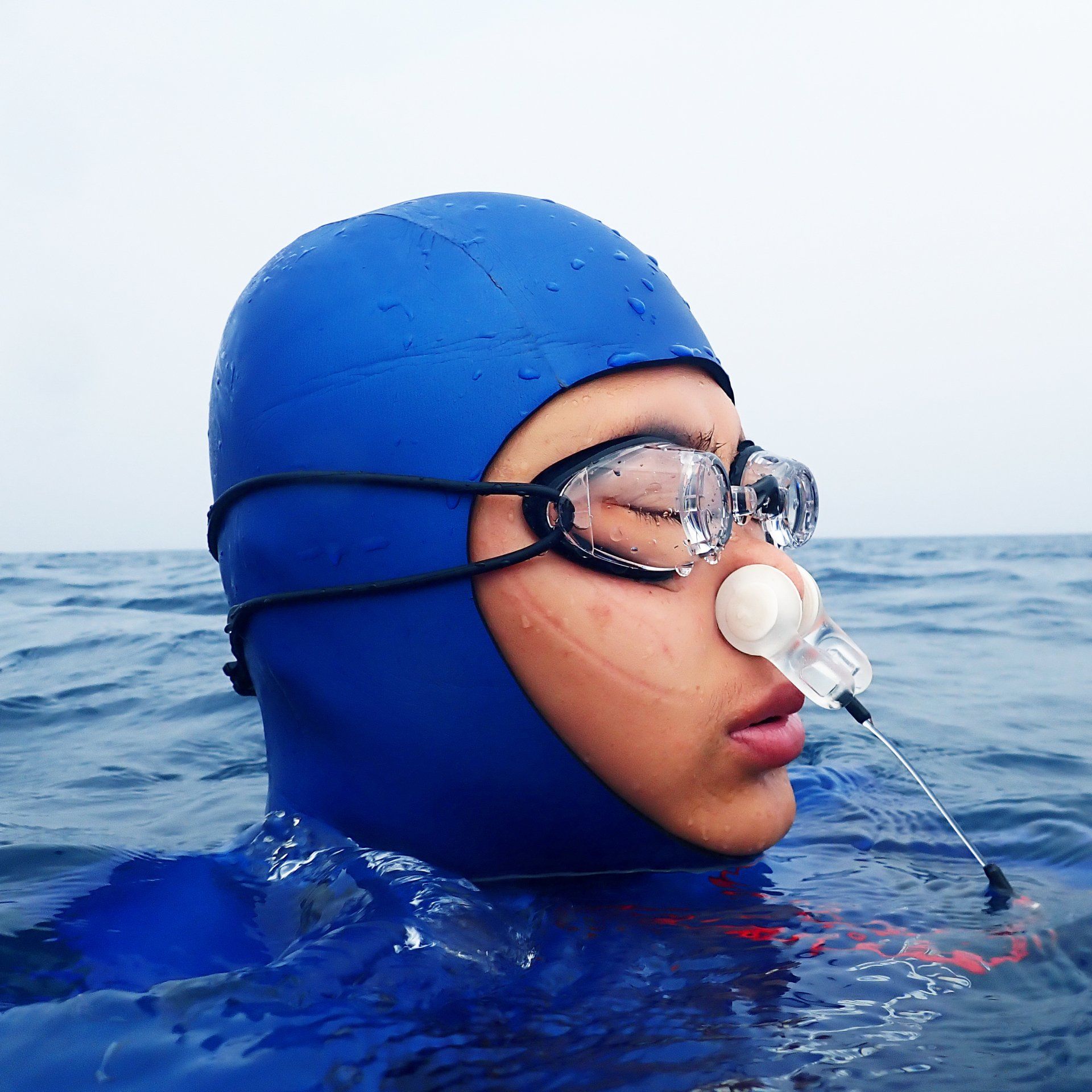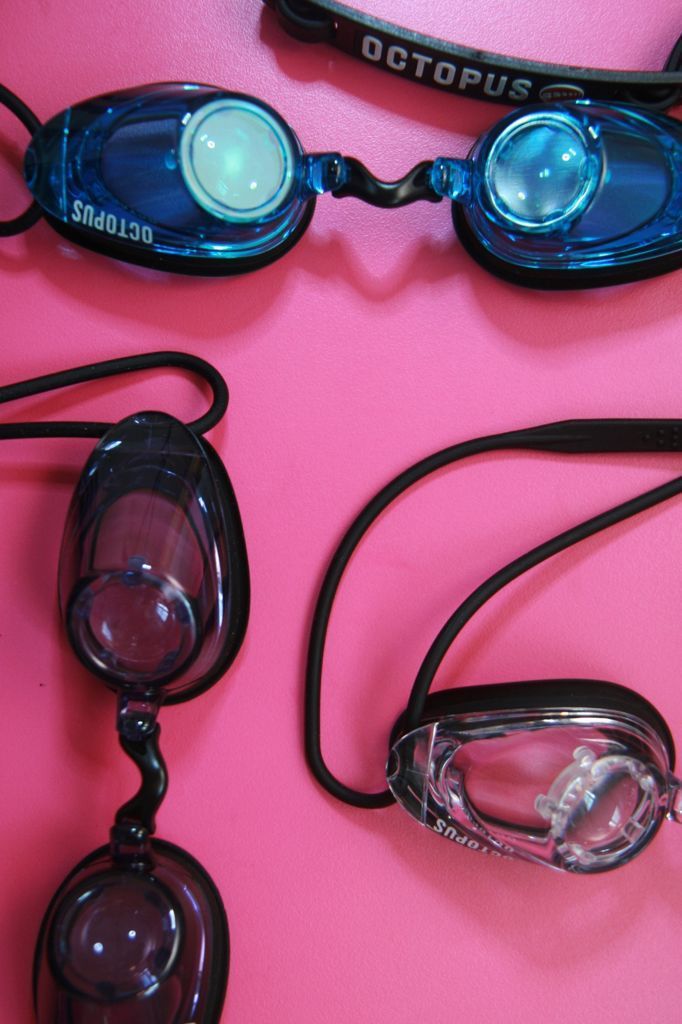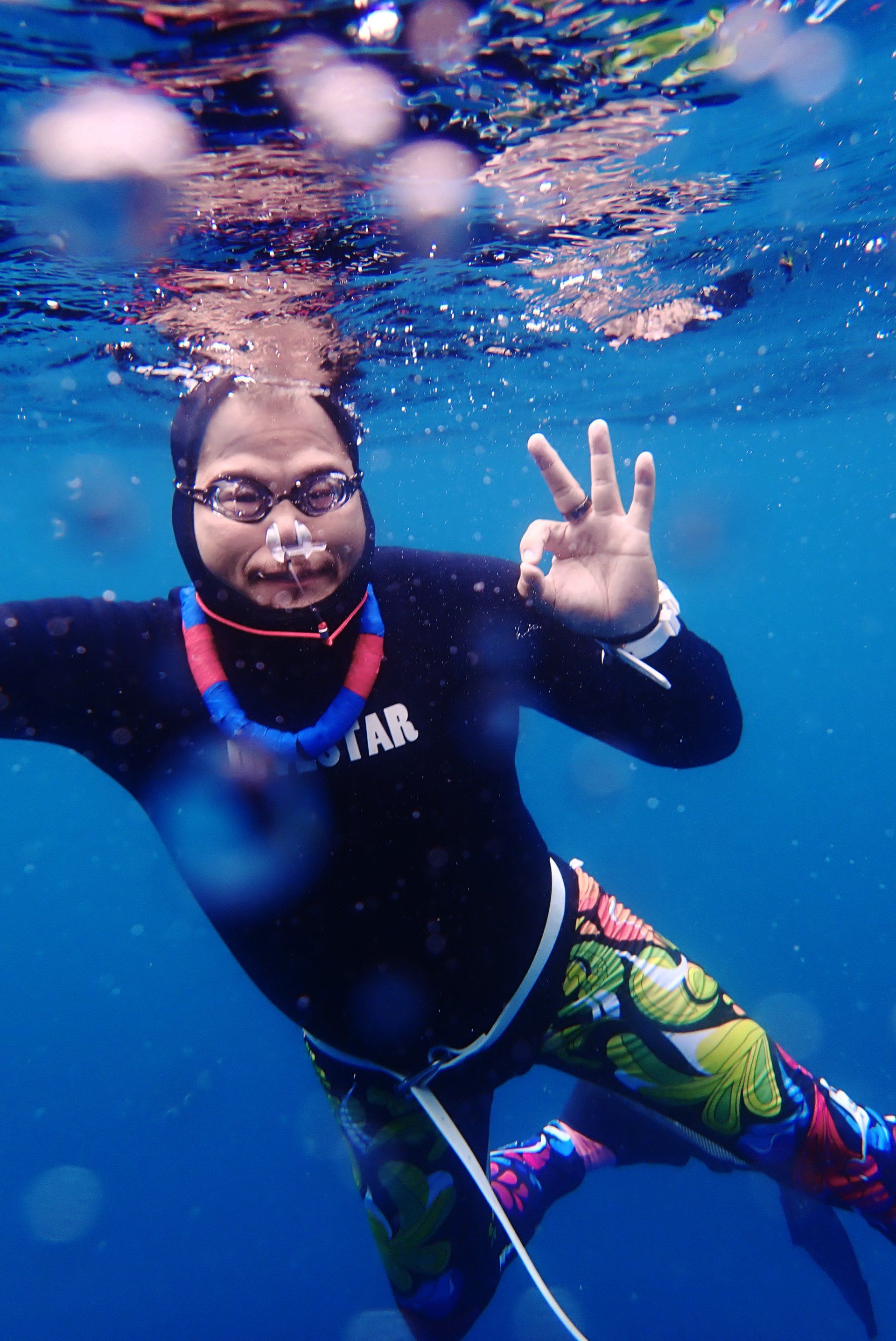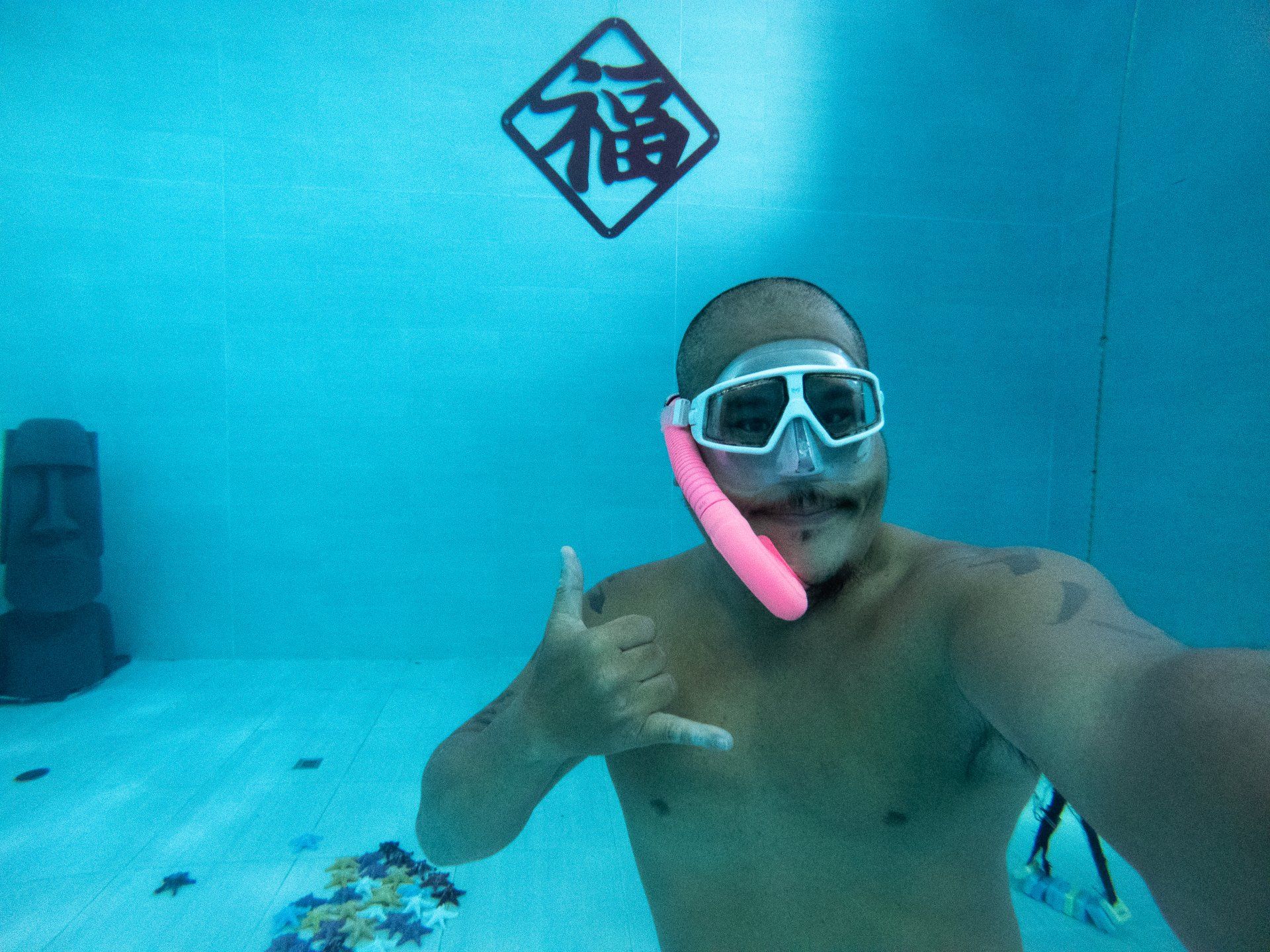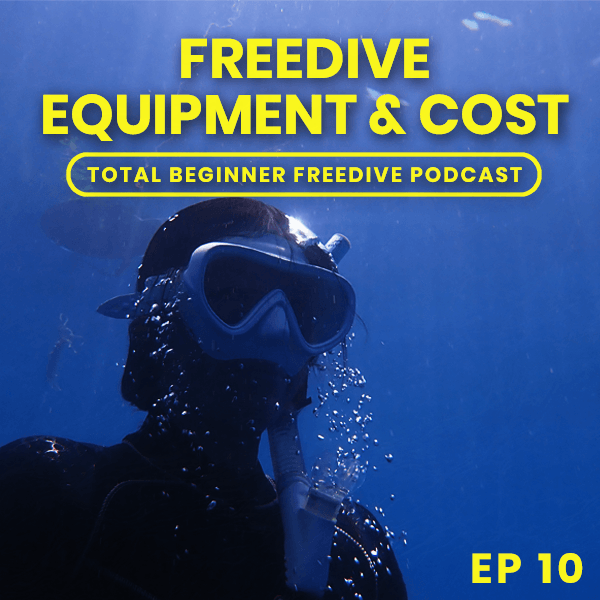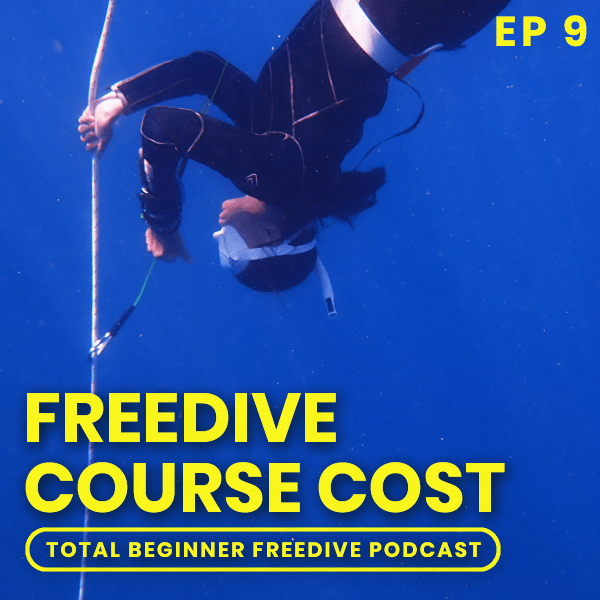Raymond Ko • June 29, 2021
Octopus Fluid Goggles Review
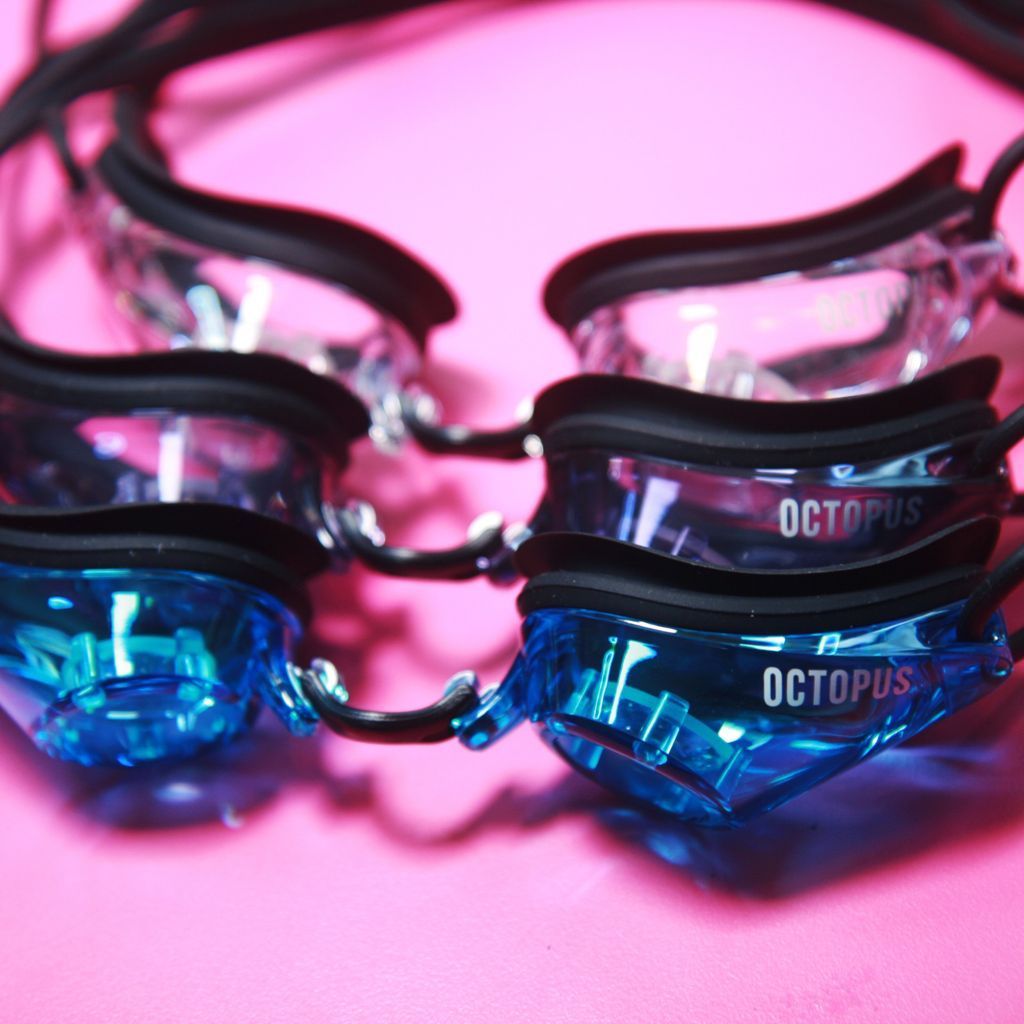
Octopus Freediving makes some of the highest quality freediving accessories. All their products have a sleek design and perfect ergonomic shapre. They are also practically indestructible, you will know if you've ever used their lanyard or pulley system.
Like many of the products they make, they have revolutionized each product they make by making them higher quality, sleek design and more budget-friendly and the Octopus Fluid Goggles is no different. Octopus has made affordable fluid goggles providing of optimal quality and unparalleled comfort.
Previously, if you wanted fluid goggles, you'd either have to buy swim goggles and fix the correcting lenses inside the goggles which is a lot harder than it sounds as you must have perfect positioning of the lenses , or pay well over US$200 for a pair. Now, Octopus has made the first affordable fluid goggles on the market.
Disclosure - I was given many pairs of fluid goggles by Octopus for me to use and to help raise funds for the podcast about freediving I am launching which they are also the title sponsor.
What are Fluid Goggles For Freedivers?
Fluid goggles are goggles with lenses (looks like giant contact lenses) inserted inside each eye piece to correct the vision distortion caused by the water inside the fluid goggles, so you don't have to worry about equalizing it.
Thus you can see clearly underwater without having to worry about about pinching your nose with your hand without any depth limit.
Another reason to use them is when using a monofin, I have not experienced this before but because of the fast speed of the monofin it can cause your eye lids to flap and thus fluid goggles will prevent that.
Why Do You Need Fluid Goggles for Freediving?
Most freedivers will never need fluid goggles. But as you advanced deeper and deeper, you may start considering it.
80/20 Rule
I'm a big believer in the applying 80/20 rule in improving at things. It applies to so many aspects in life.
What are the 20% of the actions that will yield me 80% of the results underwater, or with freediving, depth, distance or minutes.
When you start out as a beginner freediver the 20% is your work on your technique for the biggest needle mover in results. Your finning technique, your head position, your breathe up, or one full breath and your relaxation technique. Having US$600 carbon fins is useless as a beginner.
Game of Inches
Once you pass level one and level 2 freediving course or around 30 meters in depth, you'll start needing to concentrate on that 80% that will give you 20% of the results and this is where you transition from a proficient freediver to an advanced level freediver.
That 20% could be fine-tuning your finning technique, regularly doing Uddiyana bandha, specific freedive stretches and upgrading your equipment.
Equipment
Upgrade
Upgrading to carbon fins from plastic or fiberglass is a natural choice and one that many advancing freedivers make.
But another choice many advancing freedivers make is saying bye-bye to the mask and hello to the nose clip.
Problems with a Mask
Wasting Air
Inside the mask is an enclosed air space, and that space needs to be equalized by taking exhaling through our nose air from our lungs into the mask. A bit of a waste when you are diving with one breath, but it won't matter much if you are just diving to levels where you aren't challenging the outer edges of hypoxia. With the fluid goggles you won't need to worry about equalizing a mask
Equalization
With a mask you need a hand to equalize by pinching your nose unless you are blessed to be able to do hands-free. Once you get rid of the mask and move to a nose clip, it's once less thing you have to worry about.
With the fluid goggles you won't need to worry about equalizing a mask
Mammalian Dive Reflex
I'm not 100% sure about this but the more surface area your face is exposed to the water the stronger the MDR. More of your face is exposed to the water with fluid goggles.
Clearer Vision
The fluid goggles is a great tool to add on top of the nose clip as it will bring safety to training. Clear vision is not important for most dives, but if there is an emergency like. your lanyard getting tangled, you can tend to it without having to worry about seeing clearly.
At the recent Verticle Blue competition, the eventual overall winner Alessia Zecchini blacked out at one of her dives in CTW. Before that you can see her struggling to orient herself to the line. Not wearing goggles as she usually does contributed to her not being able to see the line.. Check out her dive here.
Or for some divers, it could contribute to some anxiety if they cannot see clearly underwater.
About the Octopus Fluid Goggles
Each pair of Octopus fluid goggles have a polycarbonate structure, skirt and head strap made from top-quality silicone, and high-quality 20mm planoconvex lens.
The width of the goggles is adjustable with 4 different sized nose bridges to fit your specific face dimension.
The Octopus Fluid Goggles come in a choice of three colors: blue, clear and grey.
Being able to see above the water with the fluid goggles on is a significant bonus and what it sets itself apart from other fluid goggles. Octopus says this will make for a more relaxed pre-dive preparation and surface protocol.
How is Octopus Fluid Goggle So Affordable?
Octopus often launches products via crowdfunding on Indiegogo, and the Octopus Fluid Goggles were no different.
With the cash infusion from the campaign they are able to the big investment into the molding for the goggles from their design, buy the lenses in bulk thus getting discount pricing and utilizing a pin system to fix the lens in place rather the expensive and time-consuming process of drilling holes into the structure.
PRO TIP - if Octopus ever launches a product by crowdfunding, get it. Their products are already affordable, but with the launch discount, it becomes a NO BRAINER.
Octopus says that other fluid goggle manufacturers just buy swim goggles and piercing holes into the in the goggles to fix the lens is a time-consuming and expensive process.
My Experience With Octopus Fluid Goggles
Back in 2020 when I was living and Las Vegas and diving in Lake Mead which has practically no depth limit as a large area of the lake exceeds 100m, even with the drought. We were drift diving and I was doing a dive to 35m. When I hit the bottom and turned, something hit my back. And to this day I could not see clearly exactly what is was but I think it was a rock. If I had the Octopus Fluid Goggles on, I could have seen clearly underwater and check out the topography of the bottom of the lake.
Now that I've moved to Xiaoliuqiu, Taiwan, we only dive attached to a mooring line so I won't have to worry about running into anything drift diving and with the new Octopus Safety Stopper I don't have to worry too much about my lanyard getting stuck, but there are always ghost nets to worry about.
Holding the Octopus Fluid Goggles in my hand, you can tell the silicone used for the skirt and head strap and skirt will last a long time. The pin system to fix the lenses into the eye pieces is quite clever.
To be honest, the first time I put it on, it was weird. You don't have the field of vision you would with a mask, it's quite narrow with the Octopus Fluid Goggles and sometimes depth is hard to judge above water, not so much an issue underwater. But after a few sessions using it, I got use to it and I absolutely love being able to see the line clearer when I am doing CWT or CNF.
I would not use it for buddying though because of the field of vision but maybe someday I might use it for fun dives.
If you are in Taiwan and want to see clearly underwater with. nose clip, try a pair of Octopus Fluid Goggles, you can buy it on from me on Shopee or you can contact me at ray@freedivenomad.com or DM me on Instagram @freedivenomad

